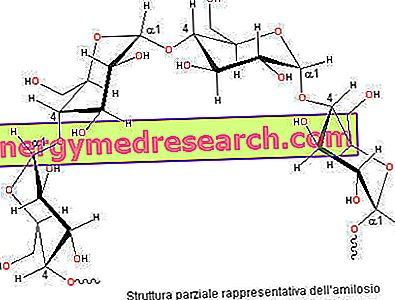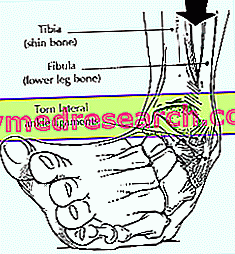The 7 fundamental food groups were developed thanks to the collaboration between "National Research Institute for Food and Nutrition (INRAN)" and "Italian Society of Human Nutrition (SINU)".

The differentiation of the 7 fundamental food groups does NOT overlap with the classic (and repeatedly reformulated) food pyramid, which, on the contrary, subdivides foods into 5 sets; unlike the latter, the 7 fundamental food groups distinguish legumes in an autonomous group and divide vegetables and fruit into two separate blocks, based on the vitamin prevalence of: vit. A (or better retinol equivalent [RE] with prevalence of β-carotene) and vit. C (ascorbic acid).
There is also another category that includes all the foods that are so-called "nutritionally unimportant" (or even potentially inadvisable), that is accessory foods (including beverages). Based on the classification of the 7 basic food groups, they are accessory foods: alcohol, confectionery, non-alcoholic and nerve drinks.
Let's go into detail.
The 7 groups
I Group - Meat Fish and Eggs
Includes fresh meat (cunicole, avian, cows, horses, pigs, sheep, game etc.) offal, fresh and salt water fish, other fishery products and all eggs. They provide high biological value proteins, bioavailable iron, B vitamins (thiamine, riboflavin, niacin and cobalamin).
NB. They also bring significant amounts of cholesterol and saturated fats that are NOT healthy nutrients if they are introduced in excess, especially in the presence of metabolic disorders.
Group II - Milk and Derivatives
Includes all types of milk, including condensed and powdered milk, and all processing derivatives. They also provide high biological value proteins, but unlike group I they contain little iron and lots of calcium and phosphorus.
NB. They also bring significant amounts of cholesterol and saturated fats that are NOT healthy nutrients if they are introduced in excess or in the presence of metabolic disorders.
Group III - Cereals and Derivatives, Tubers
Includes bread, baked goods, biscuits, pasta, flour, breakfast flakes and potatoes (including the American one). They bring high amounts of starch ("gasoline" for the body!), Proteins are of medium biological value but can be offset by those of legumes. Whole grains should be preferred due to their higher content of dietary fiber, magnesium and niacin.
NB. Some cereals contain gluten, a peptide that can cause hypersensitivity to food intolerance (even immune-mediated!) On the basis of pathological predispositions.
IV Group - Legumes
Beans, lentils, broad beans, peas, chickpeas, soy, lupins, chickling peas etc. are legumes. They provide proteins of medium biological value, starch (less than cereals), vitamins of group B, many mineral salts (including low-bioavailable iron) and dietary fiber.
NB. Peanuts are also legumes but their nutritional content is not comparable to that of group IV.
V Group - Fats and Seasoning Oils
Includes butter, olive and seed oil, margarine, lard, lard etc. They contain above all fats of all kinds and related liposoluble vitamins (ADEK); from the metabolic point of view, some lipids are more healthy (polyunsaturated fatty acids) while others, if introduced in excess, can be harmful (saturated fatty acids and cholesterol). To obtain a good ratio between fats in the diet it is advisable to prefer vegetable oils with a high content of polyunsaturated fatty acids (soy, extra virgin olive oil, etc.) and to limit butter, lard, lard etc., as they contain a lot of cholesterol and, like hydrogenated fats tend to increase the production of endogenous fats. Recall that lipids are the most caloric macronutrients (9kcal / g) and must represent 25-30% of the total kcal, therefore, if introduced in excess they can favor overweight and obesity.
VI Group - Vegetables and Fruits Sources of Vit. A
Carrots, apricots, khaki, melon, pumpkin, yellow and green peppers, spinach, chard, turnip leaves, chicory, broccoli, endive, lettuce, etc. belong to this group. ; then vegetables, yellow, green and orange fruit. They mainly supply carotenoids, excellent antioxidants and type A provitamins; they also bring a lot of water, fibers, mineral salts (very potassium) and simple carbohydrates (especially in fruit and carrots).
NB . Seasonal products should be preferred.
VII Group - Vegetables and Fruits Sources of Vit. C
Orange, lemons, grapefruit, kiwi, pineapple, strawberries, tomatoes, broccoli, cauliflower, cabbage, cabbage, cut lettuce, etc. are part of this set. ultimately, all the gem vegetables and the sour fruit. If eaten raw, they ensure high amounts of vitamin C (but not only), mineral salts, fiber and water. As above, the amount of simple fruit sugars is interesting.
NB . Seasonal products should be preferred.



